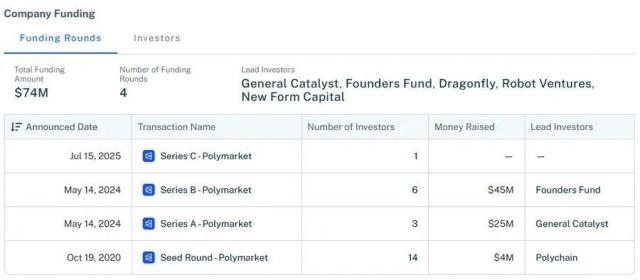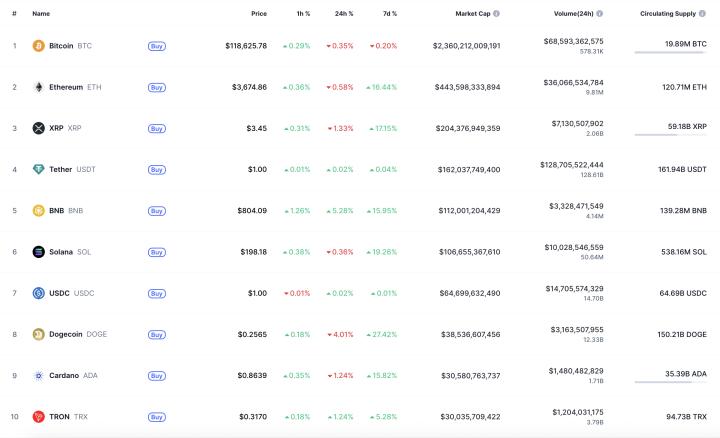Chainfeeds Preface:
Unstaking does not necessarily mean selling.
Article Source:
https://www.techflowpost.com/article/detail_27162.html
Article Author:
TechFlow
Perspective:
TechFlow: Whenever the market looks good, FUD follows. Recently, a message about Ethereum validators unstaking has once again triggered market concerns about ETH prices. As a core component of the PoS consensus mechanism, ETH staking not only maintains network security but also provides economic benefits to holders by locking liquidity. However, according to Validator Queue, as of July 23, over 520,000 ETH are queued for unstaking, equivalent to approximately $1.93 billion at current prices, with a waiting time exceeding 9 days and 1 hour. This queue size is the largest in the past year, suggesting that over 16,000 validators intend to withdraw. This phenomenon has sparked market speculation about potential risks, with many wondering if whales or institutions are preparing to sell ETH for profit. In fact, since April 2025, ETH has strongly rebounded from a low of $1,500 to a high of $3,812 on July 21, with a cumulative increase of 160%. Such a rise often prompts early investors to take profits, especially long-term stakers who choose to lock in profits after seeing account gains, which is a typical cyclical reaction. Although this unstaking queue is long and large, it does not necessarily mean direct market selling pressure. First, from the data, while 520,000 ETH were queued for unstaking on July 23, 360,000 ETH also entered the staking queue on the same day, offsetting each other and significantly reducing the net exit volume. Second, institutional behavior plays an important hedging role. For example, data on July 22 showed that the total net inflow of ETH spot ETF reached $3.1 billion, far exceeding the $1.9 billion of queued unstaking. Moreover, the ETF is a same-day capital inflow, while unstaking takes about 9 days to arrive, which weakens the selling pressure expectation from both time and liquidity perspectives. More importantly, unstaking does not equate to selling. In the current market context, some institutions may be adjusting custody arrangements or deploying new treasury strategies, withdrawing ETH from original nodes and reallocating to other purposes. Additionally, some on-chain ETH may be used in DeFi or Non-Fungible Token, such as mortgage lending, LST arbitrage, or purchasing CryptoPunks collectibles, all indicating that funds have not left the market but are being reallocated and optimized within the ecosystem. Although unstaking does not represent immediate selling, social media is not short of speculations that this might not be a sell-off but a sign of a change in guardianship. Some views suggest that traditional financial giants like BlackRock are gradually taking over ETH's dominance. As of July, BlackRock has accumulated over 2 million ETH through spot ETF, accounting for about 1.5%-2% of total supply. Unlike traditional covert operations, this accumulation through ETF channels is an open institutional behavior, with the core purpose of promoting ETH as a mainstream financial asset, not simple speculation. So-called guardianship change is essentially a transition from crypto market consensus to global financial consensus. As institutions begin to massively intervene, staking behavior may gradually shift from individuals or early investors to professional financial institutions. Unstaking may thus be part of a chip structure reorganization, rather than a sign of decline. From a longer-term perspective, this reflects ETH ecology's evolution towards a more mature and institutionalized direction. In this process, unstaking may not be a signal of market weakness, but rather the starting point of the next growth cycle.
Content Source







